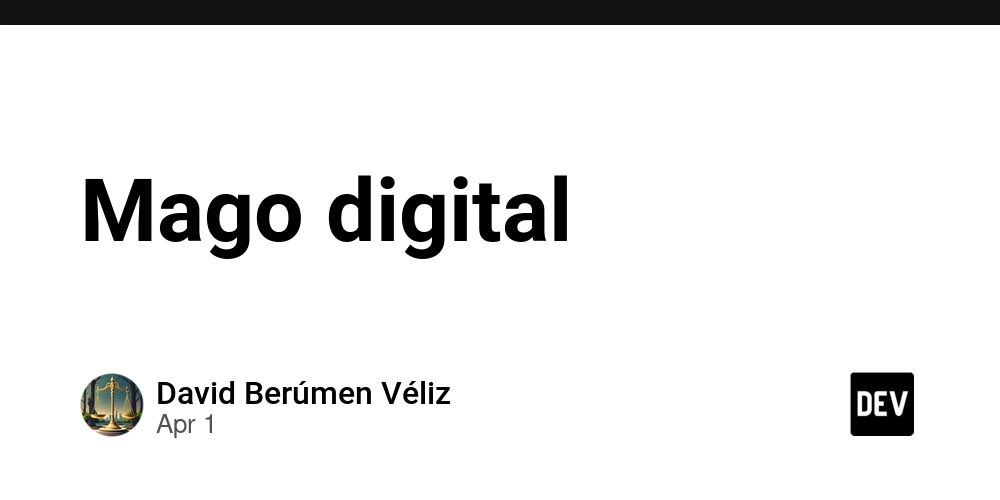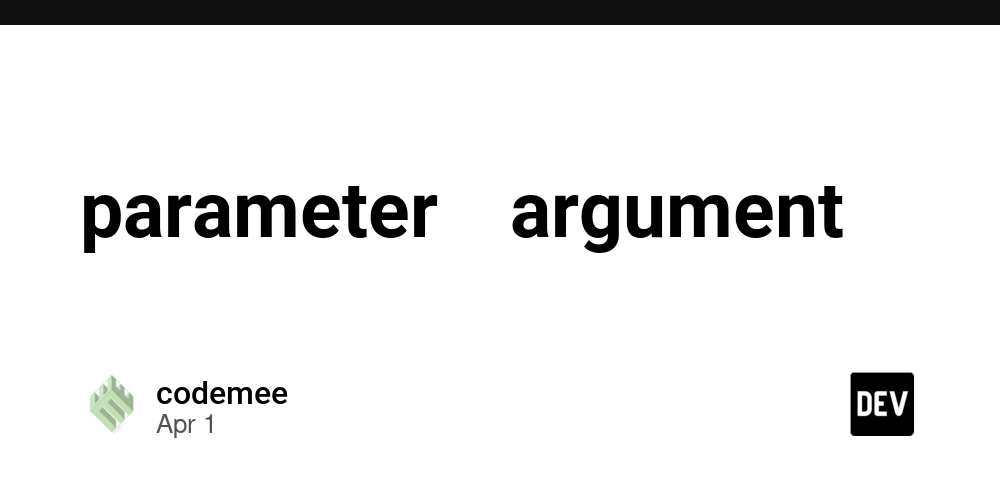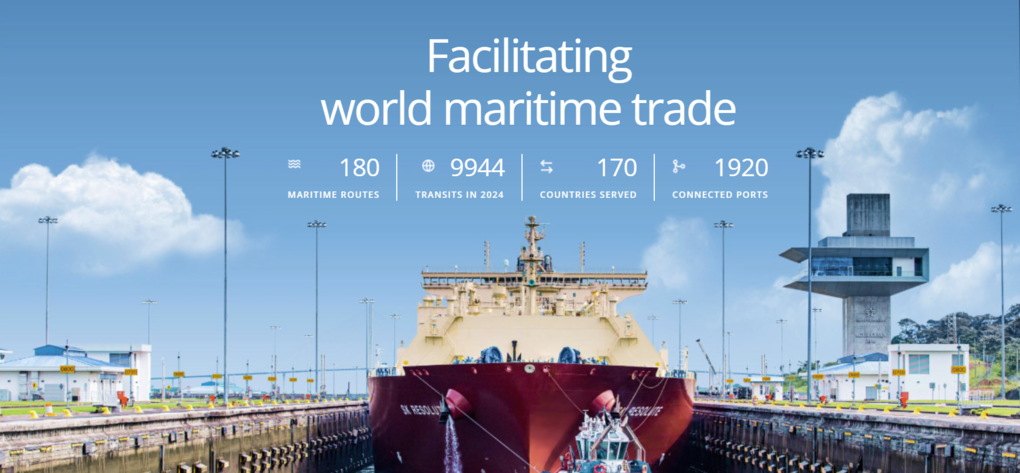Understanding Helm Releases in 2025: A Comprehensive Guide
As the DevOps field continues to evolve, understanding the nuances of tools like Helm becomes increasingly essential for software deployment and management on Kubernetes. By 2025, Helm has solidified its status as a pivotal package manager for Kubernetes applications. Here, we will delve into the specifics of a Helm Release, its significance, and its application in the contemporary technological landscape. What is a Helm Release? In the context of Kubernetes, a Helm Release represents a specific instance of a Helm Chart running in a Kubernetes cluster. A Helm Chart is a collection of templates and settings that describe a set of Kubernetes resources. When these charts are executed (or installed), they form a Helm Release. Key Features of Helm Releases in 2025 Simplified Management: Helm Releases streamline the deployment and management process in Kubernetes, allowing for easy upgrades, rollbacks, and scaling. Enhanced Customization: Using value overrides, users can customize Helm Charts to fit specific requirements. Learn more about Helm Charts customization. Version Control: Each release is versioned, allowing teams to track changes, monitor updates, and revert to previous states if needed. Integrated CI/CD: Helm releases support modern CI/CD pipelines, facilitating automated deployments and monitoring. Helm Release Lifecycle and Operations The lifecycle of a Helm Release involves several stages: Installation: Deploying a Helm Chart creates a new release. Users can override parameters to tailor the deployment to their needs. Upgrade and Manage: Over time, software updates or configuration changes will occur. Understanding how to update attributes within Helm is vital. Check out this guide on updating attributes in Helm. Rollback: If an upgrade fails or introduces issues, Helm makes it easy to revert to a previous release. Benefits of Using Helm Releases Efficiency: Automate complex Kubernetes tasks, reducing manual error. Scalability: Seamlessly support growth and increased workloads. Flexibility: Helm's modular nature allows for granular control over configurations. Helm Releases and the Future As Kubernetes continues to dominate the container orchestration landscape, Helm's role will likely grow, bolstered by continued improvements in chart repositories, security practices, and user interfaces. Embracing these advancements in 2025 will be critical for teams looking to maintain an edge in cloud-native environments. Conclusion The role of Helm Releases in 2025 extends beyond mere deployment. They embody the growing trend towards automation, efficiency, and scalability in cloud-native ecosystems. Whether you're customizing your Helm Charts or managing configurations, the tools and techniques offered by Helm will remain integral. For more insights on related topics, you might find this article about affordable ski helmet rental interesting, demonstrating how diverse contexts consult different aspects of Helm and Helm-like systems. By staying informed on the latest trends and practices, developers can continue leveraging Helm effectively to manage their Kubernetes applications.

As the DevOps field continues to evolve, understanding the nuances of tools like Helm becomes increasingly essential for software deployment and management on Kubernetes. By 2025, Helm has solidified its status as a pivotal package manager for Kubernetes applications. Here, we will delve into the specifics of a Helm Release, its significance, and its application in the contemporary technological landscape.
What is a Helm Release?
In the context of Kubernetes, a Helm Release represents a specific instance of a Helm Chart running in a Kubernetes cluster. A Helm Chart is a collection of templates and settings that describe a set of Kubernetes resources. When these charts are executed (or installed), they form a Helm Release.
Key Features of Helm Releases in 2025
- Simplified Management: Helm Releases streamline the deployment and management process in Kubernetes, allowing for easy upgrades, rollbacks, and scaling.
- Enhanced Customization: Using value overrides, users can customize Helm Charts to fit specific requirements. Learn more about Helm Charts customization.
- Version Control: Each release is versioned, allowing teams to track changes, monitor updates, and revert to previous states if needed.
- Integrated CI/CD: Helm releases support modern CI/CD pipelines, facilitating automated deployments and monitoring.
Helm Release Lifecycle and Operations
The lifecycle of a Helm Release involves several stages:
- Installation: Deploying a Helm Chart creates a new release. Users can override parameters to tailor the deployment to their needs.
- Upgrade and Manage: Over time, software updates or configuration changes will occur. Understanding how to update attributes within Helm is vital. Check out this guide on updating attributes in Helm.
- Rollback: If an upgrade fails or introduces issues, Helm makes it easy to revert to a previous release.
Benefits of Using Helm Releases
- Efficiency: Automate complex Kubernetes tasks, reducing manual error.
- Scalability: Seamlessly support growth and increased workloads.
- Flexibility: Helm's modular nature allows for granular control over configurations.
Helm Releases and the Future
As Kubernetes continues to dominate the container orchestration landscape, Helm's role will likely grow, bolstered by continued improvements in chart repositories, security practices, and user interfaces. Embracing these advancements in 2025 will be critical for teams looking to maintain an edge in cloud-native environments.
Conclusion
The role of Helm Releases in 2025 extends beyond mere deployment. They embody the growing trend towards automation, efficiency, and scalability in cloud-native ecosystems. Whether you're customizing your Helm Charts or managing configurations, the tools and techniques offered by Helm will remain integral.
For more insights on related topics, you might find this article about affordable ski helmet rental interesting, demonstrating how diverse contexts consult different aspects of Helm and Helm-like systems.
By staying informed on the latest trends and practices, developers can continue leveraging Helm effectively to manage their Kubernetes applications.





























![[Sponsor] Democracy](https://protectdemocracy.org/wp-content/uploads/2022/10/Social-Share.png)
















































